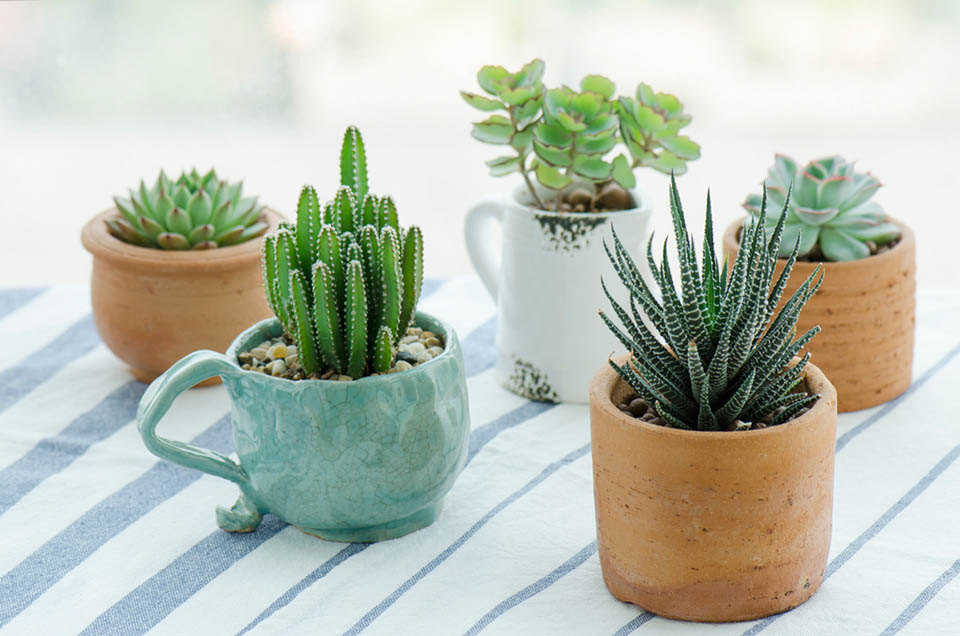
Gardening in the winter can transform your indoor and outdoor spaces with living color. Cultivate your love of gardening all year long with our list of hardy flowers and delicious edibles designed to survive the cold.
Outdoor Garden Beds
Semi-hardy vegetables adapted for winter gardening include swiss chard, kale, spinach, collards, leaf lettuce, carrots, beets, rutabaga, turnips, radishes, and broccoli. English peas, leeks, onions, chives, and even oregano is known to survive the winter. To prepare your outdoor winter beds, aim to get your winter garden crops established before the frost arrives. Then follow these simple steps:
- Harvest the remaining crops and remove any weeds.
- Check the pH of the soil with a testing kit. Most vegetables like soil with a pH of about 6.5.
- Condition the soil with mushroom compost, cow, or chicken manure.
- Water the bed at least a day before you plant to help the manure and compost break down.
- Adding mulch conserves moisture, prevents weed growth, modifies the soil’s temperatures, and adds structure by supplying the soil with beneficial organic matter.
- Utilize frost blankets to cover your plants when necessary to extend your winter gardening season.
Container Gardens
Container gardens can survive chilly weather with ease. Choose containers made of fiberglass, metal, thick plastic, stone, concrete, or hollow logs that can withstand freezing and thawing. Stay away from ceramics, terra cottas, and thin plastics. Ensure the drainage holes are clear and elevated from the ground. Stop fertilizing six to eight weeks before the first frost (between 29 – 32 degrees Fahrenheit) is predicted and during a severe freeze (below 25 degrees Fahrenheit), utilize insulation blankets to provide extra protection.
Hardie winter flowers include pansy, pinks, sweet alyssum, coral bells, sedum, smoke bush, lamb’s ear, ivy, and creeping Jenny. White or winter jasmine will fill your home with an elegant fragrance, as does paperwhite narcissus bulbs. Even pots of rye or wheatgrass add a pocket of winter greenery.
Indoor Gardens
Houseplants are known for an abundance of benefits, including purifying the air, enhancing mood, and even improving focus and concentration. Succulents are some of the easiest and most versatile of the houseplants. Gardeners love them for their drought resistance, architectural form, vivid color, and ease of maintenance. In a few simple steps, you can create your own lush and lovely succulent arrangement.
- Choose your container – Get creative. Nearly any type of container can be turned into a succulent planter.
- Provide drainage – Succulents do not like wet roots. Ensure the container has a hole in the bottom and about 1-2 inches of gravel.
- Add soil – Try a cactus or succulent potting mix.
- Choose your plants – Look for different shapes, colors, and textures for a captivating visual arrangement.
- Water the garden – Mist the plants carefully with a spray bottle as not to overwater the plants.
- Position and enjoy – They do best in full sun, or where they will get several hours of good sunlight each day. Avoid putting the garden near a heating or cooling vent that will create temperature extremes.